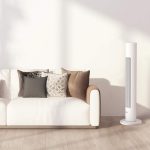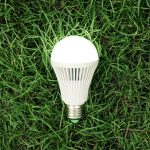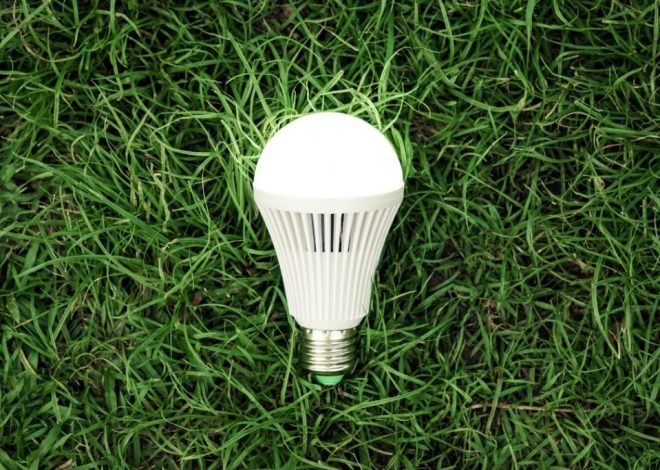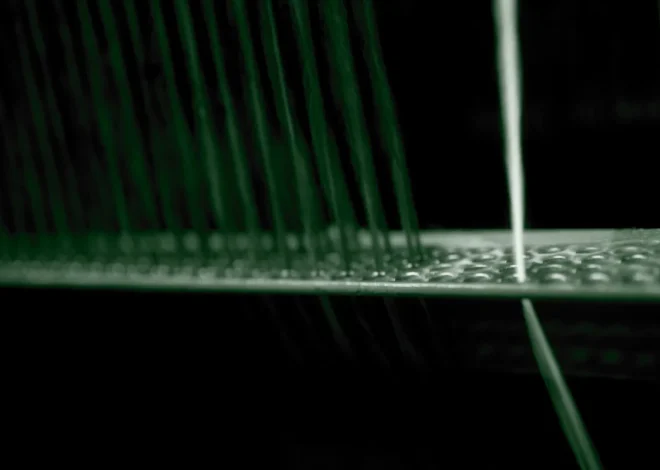Sustainable Construction Trends for 2025
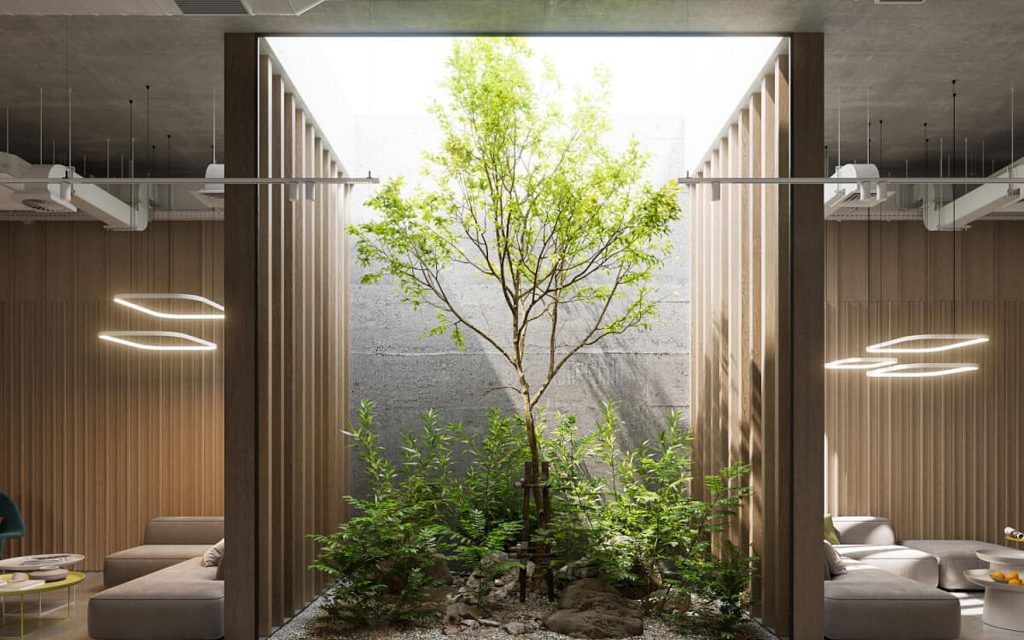
The construction industry is evolving rapidly, shaped by technological innovations, environmental concerns, and changing consumer preferences. As we look ahead to 2025, several key trends are expected to dominate the sector. Let’s dive into these emerging trends and explore the role that energy-efficient windows will play in this transformation.
Key Sustainable Construction Trends for 2025
- Zero Energy Buildings: By 2025, the goal of creating buildings that produce as much energy as they consume is becoming increasingly attainable. Thanks to breakthroughs in solar technology and energy-efficient design, achieving net-zero energy buildings is not only more feasible but also economically viable.
- Smart Building Technology: With the rise of IoT (Internet of Things) in construction, smart buildings will become more common. Automated systems for lighting, climate control, and security will enhance comfort while reducing energy consumption.
- Prefabrication and Modular Construction: Off-site construction techniques are gaining traction due to their efficiency and waste reduction potential. Prefabricated and modular systems make production more accurate and installation faster, cutting down on labor costs and material waste.
- Urban Greening and Vertical Forests: As cities continue to grow, incorporating greenery through rooftop gardens and vertical forests is becoming a popular trend. These projects not only help combat heat island effects but also improve air quality and the overall quality of life in urban areas.
- Circular Economy Practices: The shift toward a circular economy is transforming construction. Reusing and recycling building materials at the end of a building’s life will soon replace traditional demolition practices, contributing to a more sustainable future.
The Importance of Energy-Efficient Windows
As sustainability becomes a key priority in construction, every detail matters. Among the most impactful elements are energy-efficient windows, which play a central role in making buildings more energy-conscious.
What Are Energy-Efficient Windows?
Energy-efficient windows are designed to minimize heat loss and prevent conditioned air from escaping a building. These windows are typically made of multiple glass layers filled with inert gases and feature special coatings that help reduce heat transfer. By improving insulation, these windows significantly lower energy consumption, making them a vital component of sustainable building practices.
Advanced Glazing for Better Insulation
The evolution of high-performance glazing is driving improvements in building insulation. By 2025, innovations in triple-pane windows and low-emissivity (Low-E) coatings will make it even easier to achieve superior energy efficiency while allowing natural light to flood interior spaces.
Smart Glazing for a Sustainable Future
Smart windows that adjust to light and temperature conditions will become more widespread. These advanced windows can automatically respond to external factors, optimizing natural light without increasing energy load. This smart functionality can be integrated into both residential and commercial settings for enhanced performance.
Integration with Building Automation
In the future, energy-efficient windows will likely be integrated with building automation systems. This integration will enable windows to respond dynamically to changes in weather conditions and work in harmony with HVAC systems to create energy-efficient indoor environments.
Sustainable Materials in Window Frames
Energy-efficient windows aren’t just about the glass—they also involve sustainable frames. Companies like INTUS Windows are using materials like recycled polymer and aluminum for frames, enhancing thermal performance while reducing environmental impact.
Compliance with Stricter Standards
With governments enforcing stricter building codes and regulations, energy-efficient windows will become mandatory in all new constructions by 2025. As the industry evolves, companies like INTUS Windows are leading the way in ensuring that their products meet future energy standards.
Economic and Environmental Impact
In addition to cutting energy costs and lowering utility bills, energy-efficient windows help reduce a building’s carbon footprint. This will become even more significant as climate change concerns drive demand for green building certifications and sustainable practices across the industry.
Energy-efficient windows are not just a passing trend; they are integral to the sustainable construction movement. Looking ahead to 2025, technological advancements in windows will drive both performance and environmental responsibility, making them essential for any construction project aiming to achieve sustainability.

